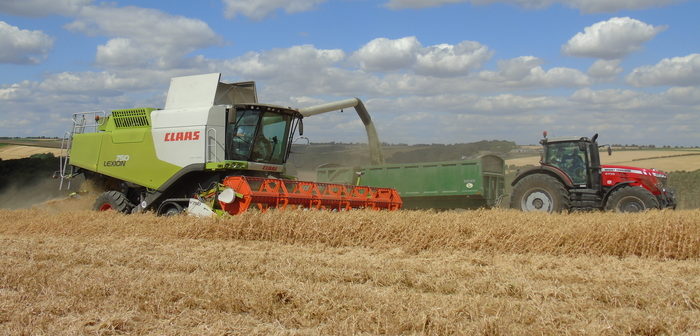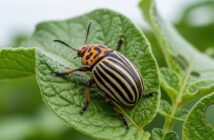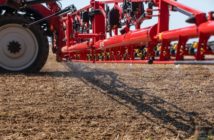Following another dry season, the Potash Development Association (PDA) is reminding growers of previous seasons where extremes may have implications for averages that are usually employed.
This specifically relates to nutrient offtakes at harvest. With an anticipated higher demand for straw this year, paying attention to the nutrient value of straw is important. There are likely to be two factors at play here this year in particular.
Firstly, there is the amount of straw, not just in terms of the reduced grain yield, but potentially the ratio between grain yield and straw yield as the dry season has resulted in many cereal crops being much shorter than usual. It is always best to try to get more accurate measures of straw yield (bales per hectare) than relying on grain yield alone, however this is still a guide where no other information is available.
Secondly, as seen with the 2018 and 2022 harvests, the dry seasons led to lower levels of potassium losses from straw back to the soil. Where the grain fill period is shortened, elevated potash levels may remain in the straw at harvest. As the crop matures and senesces the cells of plants crack, allowing some of the potash they contain to be washed back into the soil. Where there is little or no rainfall prior to straw being removed from the field, it will result in elevated nutrient concentrations as less potassium is washed from the harvested straw back to the soil.
The organisation says offtake tables, like those found in the AHDB Nutrient Management Guide, can be a useful guide for average situations, based on a large database of results over many variable seasons, but in extremes, having first-hand data will always be the most beneficial. Laboratories can test straw for those concerned, which will help to provide a more accurate assessment of nutrient removals from fields this summer, potentially avoiding a negative balance.
The PDA calculator can help put a financial cost to the value of nutrients typically removed where straw is baled.




